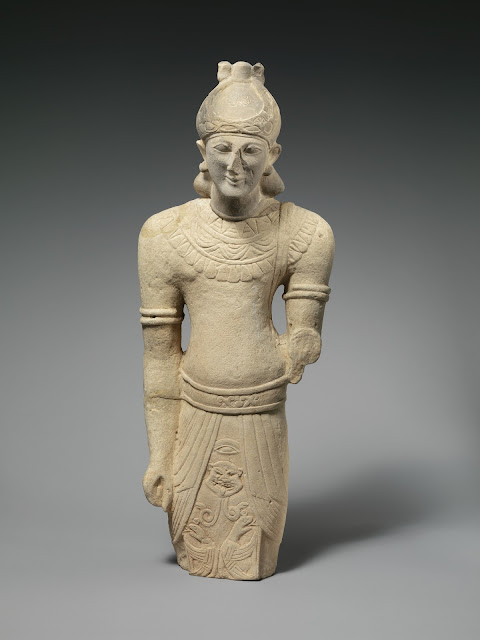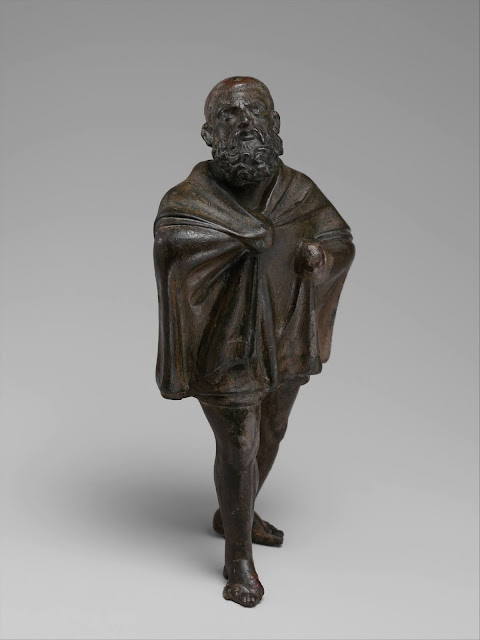Egypt and Cyprus in the Late Archaic Period

Cyprus, the third largest island in the Mediterranean, located north of Egypt and west of the Levant, was considered a strategic site in the ancient world and subsequently occupied by the Assyrians, Egyptians, Persians, Greeks, and Romans. During the Cypriot Archaic Era (c. 750 BCE to 475 BCE), the island was ruled by Sargon II of Assyria, starting in 709 BCE when the Assyrians extorted taxes from Cyprus in exchange for their independence. But, by 699 BCE the Assyrians withdrew because of conflicts elsewhere and the Egyptian Pharaoh Amasis II (also known as Ahmose II) claimed the island around 560 BCE. According to Herodotus, Amasis was of common origins and originally an officer in the Egyptian army. He campaigned in Nubia under the Pharaoh Psamtik II in 592 BCE and rose to the rank of general. Psamtik II was succeeded by his son, Apries (also known as Waphres of Manetho). Apries led an expedition in an attempt to protect Libya from incursions by Dorian Greek in...
















